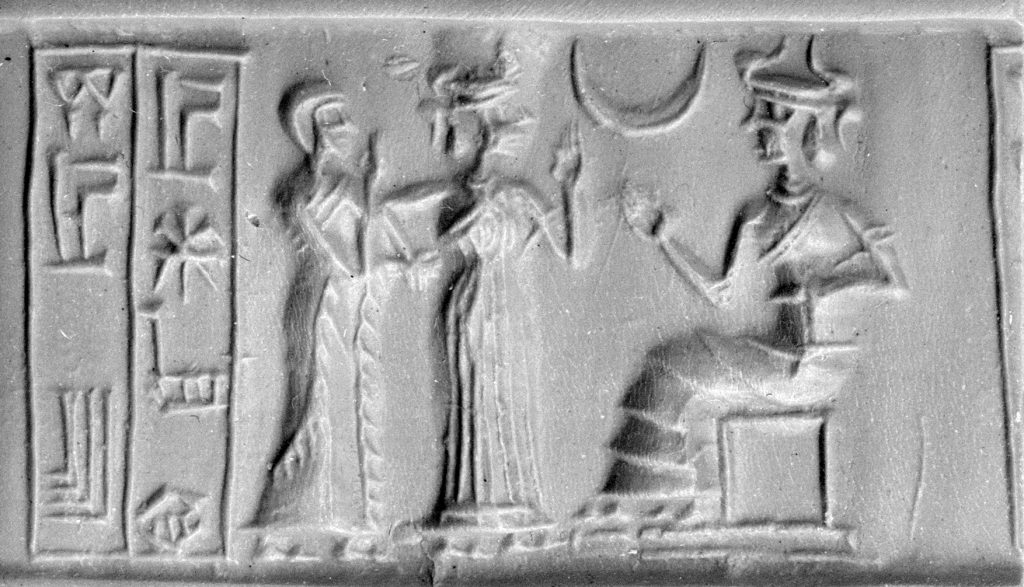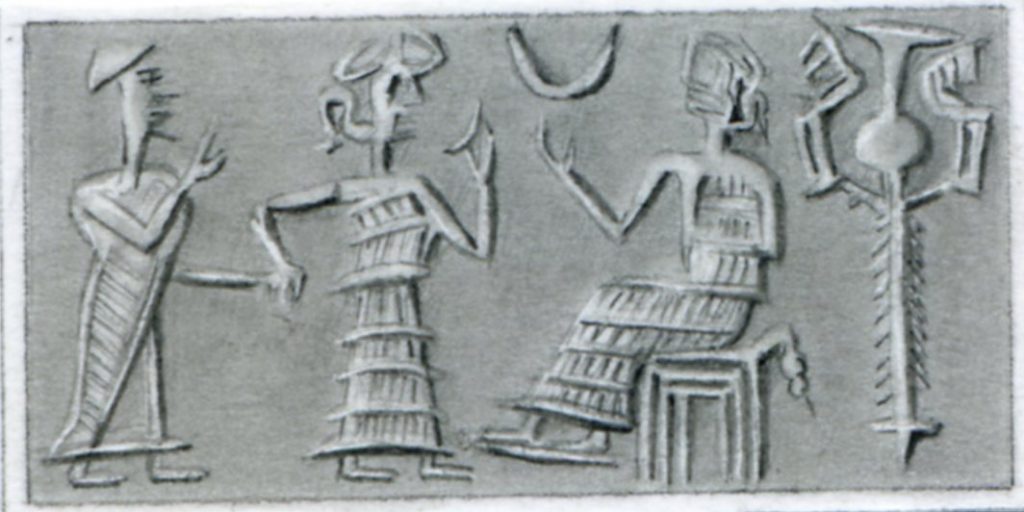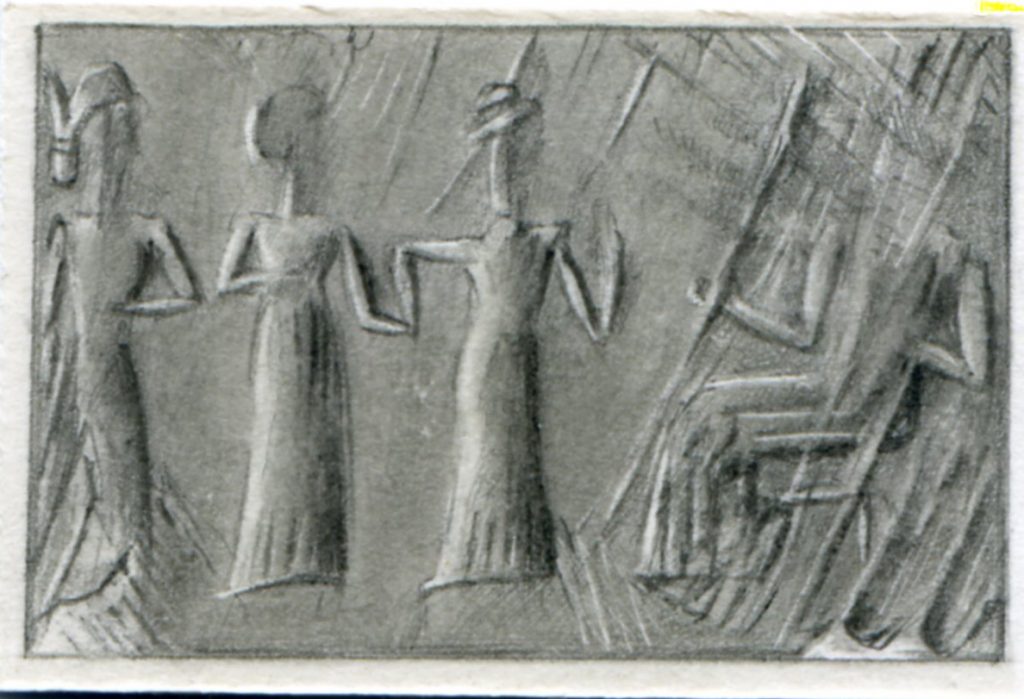

Since 2022, the ACAWAI-CS project, headed by Elisa Roßberger, is based at the Institute of Near Eastern Archaeology of the Freie Universität Berlin. It started in November 2020 at the Institute of Near Eastern Archaeology of the Ludwig-Maximilians-University (LMU) in Munich and continued from October 2021 to September 2022 at the Institute of Ancient Near Eastern Studies of the Julius-Maximilians-University (JMU) in Würzburg. The project received funding from the eHeritage programme of the German Federal Ministry for Education and Research (BMBF, FKZ: 01UG2041X). From its beginnings, Adelheid Otto, chair of Near Eastern Archaeology at LMU Munich and renowned specialist of cylinder seals, supported the project. We gratefully acknowledge technical support from the LMU IT-Gruppe Geisteswissenschaften and the JMU Zentrum für Philologie und Digitalität.
For all further information see the new project website.
The aim of the DigANES-project was to develop a “Concept for the Digitization and Labeling of Ancient Near Eastern Seals and Sealings”. Funded by the German Federal Ministry of Education and Research (BMBF, FKZ 01UG2041X) and carried out at the Institute of Near Eastern Archaeology at LMU Munich, it was successfully completed in November 2017. Data entry continued during 2018 and 2019 with a focus on Babylonian second millennium BCE seals and sealings. The full DigANES-project report is available here.
The database and Linked Open Data concept developed in the course of DigANES will be implemented now in the “Annotated Corpus of Ancient West Asian Imagery: Cylinder Seals” (ACAWAI-CS). We thank all contributors to DigANES for their great work! It will proof essential for the years of digitization and semantization of ancient West Asian imagery that lie ahead of us.



A goddess in a flounced dress with one hand raised and the other grasping the wrist of the person following behind — like in the logo (drawn by A. Kurmangaliev) at the top of this webpage — typically introduces humans to enthroned gods and goddesses on late third and early second millennia BCE cylinder seals (modern roll-out of BM 129488 photographed at the LMU Institute of Near Eastern Archaeology and two seal impressions from Isin drawn by C. Wolff, LMU Isin Archiv).